
The Power of Color: Discovering Helen Frankenthaler’s Abstract Legacy
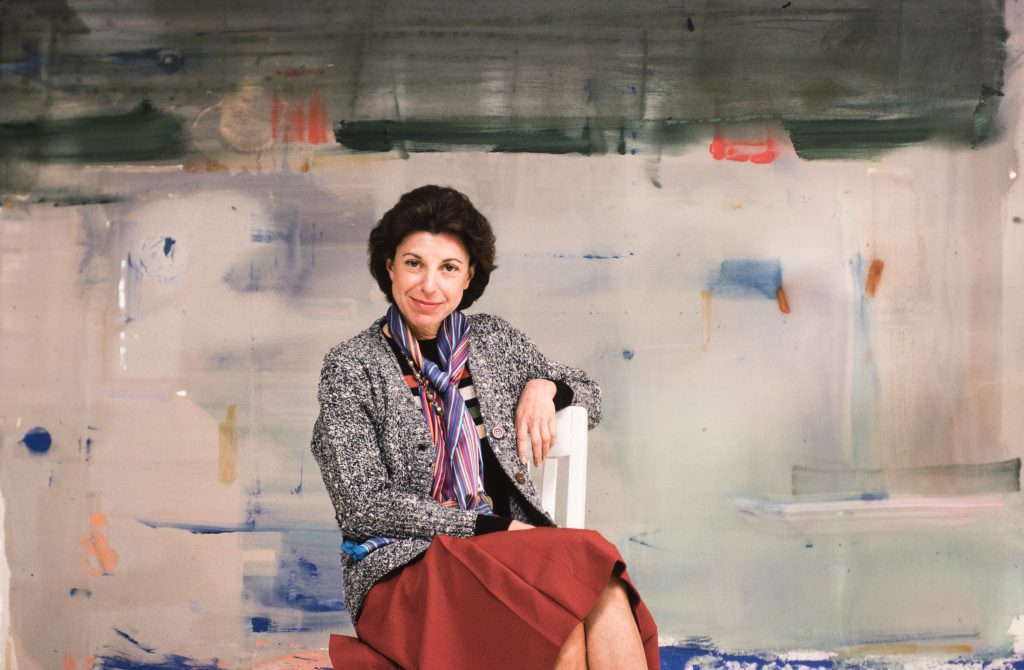

Welcome back to the ‘Women Artists From The Past Series’ of the Arts to Hearts Project, where we tell the stories of amazing women who impacted the past. These amazing women are honored in this series for their brilliance and bravery in breaking down boundaries and overcoming all difficulties to achieve recognition in their respective industries. They exemplify what can be accomplished through commitment and hard work because of their unbreakable resilience and constant determination in the face of difficulty.
Our focus today is on the extraordinary life of Helen Frankenthaler, a person whose work and life have inspired and captivated generations of people. Helen Frankenthaler was a ground-breaking artist whose work was like a breath of fresh air in the stale art world of her day. She dared to push the status quo and challenge the boundaries of art with her abstract art, mastery of color, and form.
Let’s step into her vibrant world as we unravel the story behind her captivating journey and explore the impact of her abstract legacy.
Helen Frankenthaler-A Brushstroke of Destiny
Picture a bustling New York City in 1928—the birthplace of a creative force destined to revolutionize the art world. Helen Frankenthaler entered this world on December 12, a time ripe with artistic experimentation and the avant-garde spirit. Raised amidst the city’s bustling energy, she absorbed inspiration from her surroundings, nurturing a deep-rooted appreciation for artistic expression from an early age.
Early Education
As Helen Frankenthaler blossomed into a young artist, she embarked on a journey of artistic education that would shape her future. Guided by her passion, she studied at prestigious institutions such as Bennington College and the Art Students League of New York, where she sharpened her skills and developed a keen understanding of various artistic techniques.
Love, Life, and Artistic Influence
Amidst her artistic growth, Helen Frankenthaler’s personal life intertwined with her creative spirit. She formed a deep bond with renowned abstract expressionist painter Robert Motherwell, their marriage catalyzing mutual artistic influence. Their shared love for art fueled their creativity, propelling them to explore new territories together.
The Evolution of Helen Frankenthaler’s Style- Her Artistic Journey
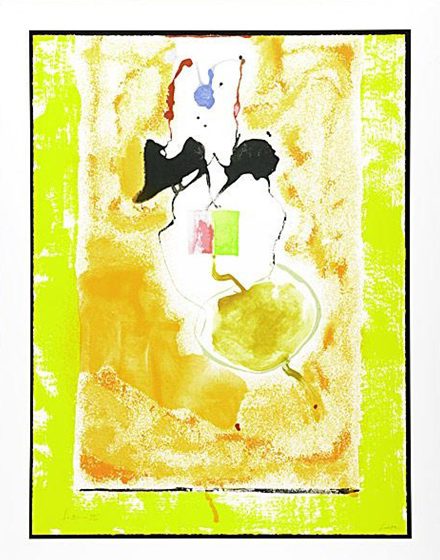

Frankenthaler’s Departure from figurative art.
Helen Frankenthaler’s artistic journey began with a foundation in figurative art. However, she soon felt constrained by the limitations of representation and sought a more abstract and expressive form of artistic expression. Inspired by the groundbreaking work of her contemporaries, such as Jackson Pollock and Willem de Kooning, Frankenthaler embarked on a path that would redefine her style.
From Improvisation to Intention: Shaping her unique abstract style
As Frankenthaler explored the realm of abstraction, she embraced spontaneity and improvisation as crucial elements of her creative process. She allowed her instincts to guide her brush, surrendering control to the fluidity of the paint.
Over time, however, she began to infuse intention and purpose into her work, carefully orchestrating the interactions of color, shape, and form. This delicate balance between intuition and intention became a hallmark of her artistic style.
Embracing Spontaneity: The Role of Chance in Frankenthaler’s creative process
While Frankenthaler developed a more deliberate approach to her art, she never lost sight of the power of chance and the unexpected. She valued the unpredictable nature of her materials and embraced accidents that occurred during the creation process.
Spills drips, and splatters became integral elements in her compositions, adding an element of surprise and vitality to her work. Frankenthaler embraced the serendipitous, allowing it to guide and shape her artistic journey.
Influences and Inspirations
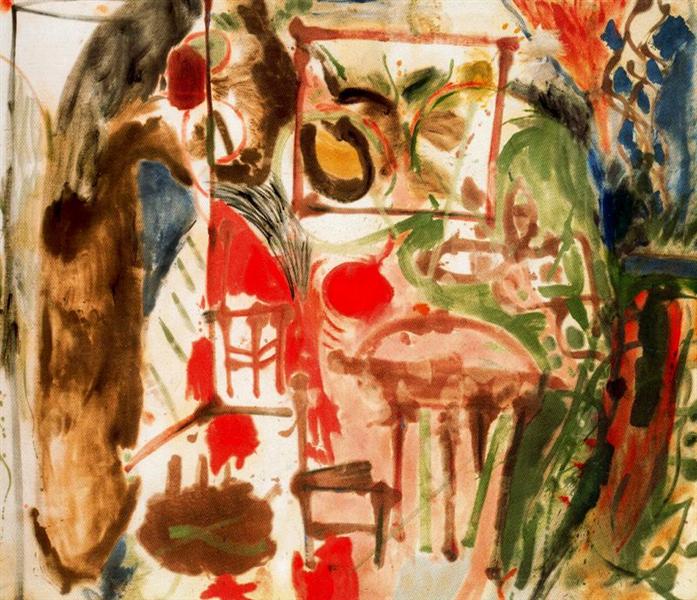
Marking her place in the abstract expressionist movement
Helen Frankenthaler emerged as a prominent figure within the abstract expressionist movement, which dominated the American art scene in the mid-20th century. At the same time, she drew inspiration from her contemporaries and carved out her unique niche.
Frankenthaler’s use of color and her experimental approach to painting set her apart, solidifying her position as a pioneering force within this influential artistic movement.
The impact of Jackson Pollock and Willem de Kooning on Frankenthaler’s art
The abstract expressionist masters, Jackson Pollock, and Willem de Kooning, played a significant role in shaping Helen Frankenthaler’s artistic sensibilities. Pollock’s emphasis on gesture and the physical act of painting resonated with her, while de Kooning’s exploration of the human figure and its transformation into abstraction sparked her imagination.
Their bold, uninhibited approaches influenced Frankenthaler’s artistic development, serving as catalysts for her exploration of color, form, and technique.
Exploring her connection to color field painting and the stain technique
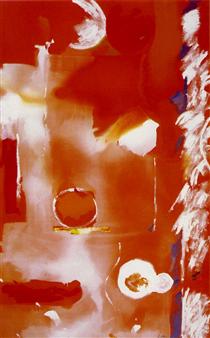
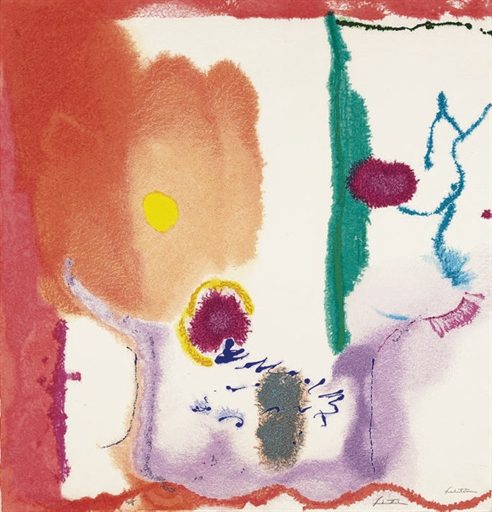
Frankenthaler’s work is also profoundly connected to the color field painting movement. Alongside artists like Morris Louis and Kenneth Noland, she developed a “stain technique.” She created a luminous, translucent effect by pouring thinned paint directly onto raw canvas.
This approach allowed color to become the primary focus as it soaked into the fabric, evoking emotional responses and creating expansive fields of vibrant hues. Frankenthaler’s contributions to color field painting expanded the possibilities of abstract expressionism and left an indelible mark on the art world.
Frankenthaler’s Working Process
Unveiling the magic: Step-by-step exploration of her soak-stain technique
Helen Frankenthaler’s soak-stain technique involved several stages, each contributing to the unique beauty of her finished works. It began with the unprimed canvas laid flat on the ground, where she poured thinned oil paints directly onto the surface. As the paint soaked into the fabric, she manipulated it using various tools, such as brushes and sponges, allowing the colors to blend and interact organically.
This process created layers of translucent hues that radiate light from within, giving her paintings a luminous quality. Frankenthaler’s careful control over the consistency of the paint and the timing of her applications resulted in a delicate balance between fluidity and structure, captivating viewers with the ethereal beauty of her compositions.
Tools of the trade: Frankenthaler’s preferred materials and equipment
Helen Frankenthaler relied on various materials and tools to bring her artistic vision to life. She favored high-quality oil paints, which she would thin with multiple mediums to achieve the desired consistency for her soak-stain technique.
Frankenthaler carefully selected brushes of different sizes and shapes, sponges and rags, to manipulate the paint and create a sense of texture and depth on the canvas. The choice of the canvas itself was essential, as the unprimed surface allowed the paint to penetrate and interact intimately with the fabric.
While Frankenthaler exercised a level of control over her artistic process, she also embraced experimentation and the element of surprise. She recognized the transformative power of the paint’s fluidity and allowed it to guide her creative decisions.
The spontaneity of the process often led to unexpected results, and Frankenthaler was open to embracing these serendipitous moments. She believed that the interplay between intention and chance allowed her work to capture the dynamic energy and emotional depth she sought to convey.
Initial Reactions and the changing perception of Frankenthaler’s Art
When Helen Frankenthaler first emerged as an abstract artist, her work faced a mixed reception. Some critics struggled to grasp the significance of her unconventional approach, while others celebrated her innovative use of color and her ability to evoke emotions through abstraction.
Over time, as Frankenthaler’s contributions to the art world became more widely recognized, her work gained critical acclaim and a growing appreciation for its technical mastery and emotional resonance. The shifting perception of Frankenthaler’s art reflects the evolving understanding and acceptance of abstract expressionism as a significant movement.
Through her fearless exploration of abstraction, she expanded the possibilities of expression, inviting viewers to connect with their emotions and delve into the realms of the subconscious. Her artistic journey, marked by the evolution of her style, influences, and innovative techniques, continues to captivate and inspire.
Helen Frankenthaler’s legacy reminds us that art is a language of emotions, a gateway to the ineffable, and an enduring testament to the human spirit’s capacity for creativity and expression. You can read more about such creative women from our website. Take care!
The images in this article are sourced from:









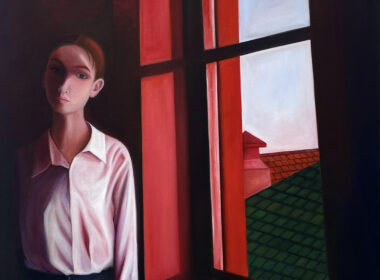


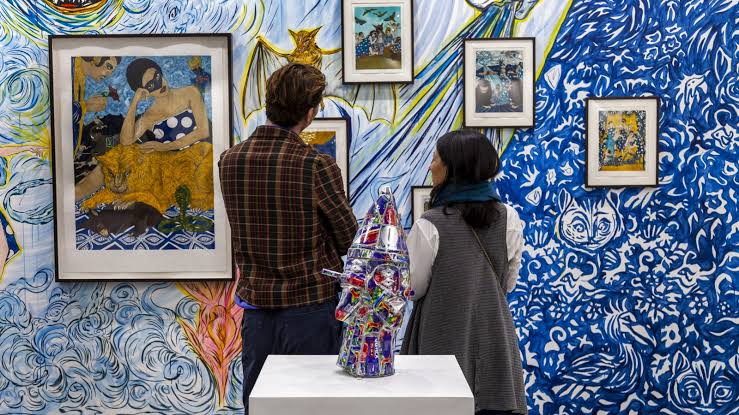
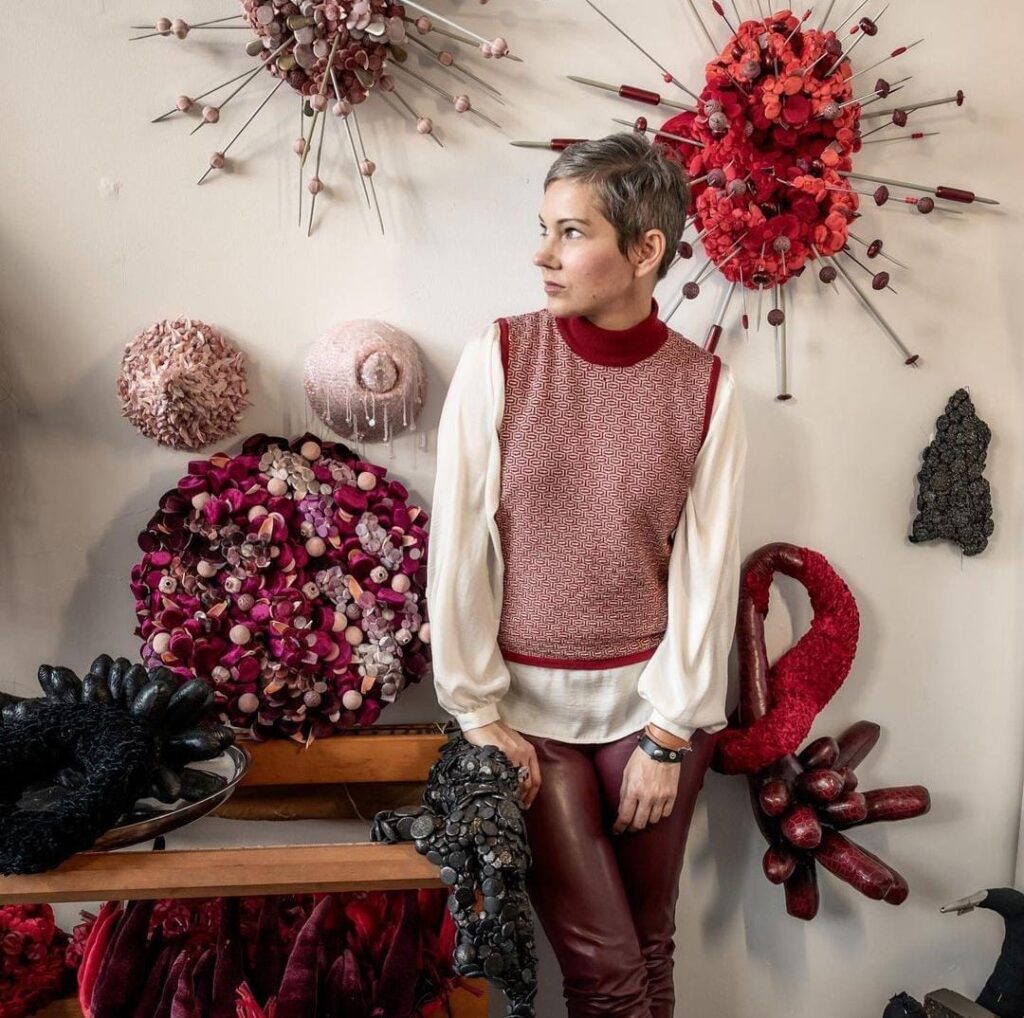



Comments 7